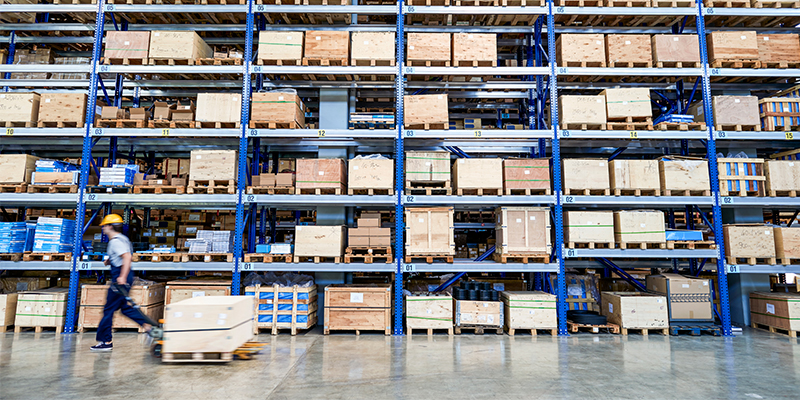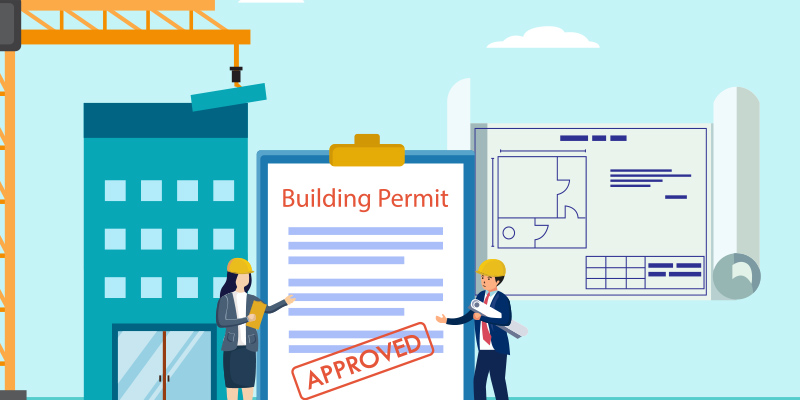E-commerce makes up an increasing portion of total retail sales and companies have worked to fine-tune the logistics of delivering a product ordered online to a consumer’s door. One of the downsides of e-commerce, however, is that it can create costly and time-consuming problems for retailers by also increasing the amount of merchandise that customers return to stores, which introduces an entirely different set of logistics concerns.
Joe Dunlap and Matthew Walaszek study supply chains and commercial real estate logistics for CBRE, Dunlap as managing director of CBRE’s Global Supply Chain Advisory consulting practice and Walaszek as associate director, industrial and logistics research. In the NAIOP Advantage Series webinar (a members-only benefit), “Reverse Logistics, Stress in an Era of Free Returns,” these two experts on e-commerce noted that online sales are soaring.
In the 2019 holiday season, for example, e-commerce sales totaled $138.7 billion, up 13.6% from 2018. Total retail sales increased just 4.1% year-over-year, so e-commerce is a major source of growth in the retail industry.
However, they warned that this “new retail” environment also results in a much higher rate of returns. As much as 30% of merchandise purchased online this past holiday season will be returned. That’s three times the 10% return rate on things bought in physical stores.
One thing that hasn’t changed, they add, is that the “customer is king,” so retailers will want to maintain a generous return policy. That means they’re likely to accept just about anything that comes back. And almost half of customers prefer returning merchandise to a store rather than mailing it back, so Dunlap and Walaszek said that stores will have to become skilled in reverse logistics, accepting returns and then figuring out what to do with them.
They note this is much different from traditional retail supply chains, where products move smoothly from suppliers to factories to distributors to stores to customers. Meanwhile, brick-and-mortar sellers are skilled at predicting what products people will need at certain times of the year, and can stock up ahead of expected demand. These products are also packaged neatly and in perfect condition, allowing retailers to move them efficiently with a minimal number of “touches” by employees.
Reverse logistics, on the other hand, are much more difficult at every level.
It’s impossible to predict what products will be returned, or when they will come in to a store. Meanwhile, many products will have been unpacked, so they won’t have bar codes, or they may be damaged. Seasonal items can’t be resold; nobody wants to stock Christmas decorations in January. Employees may have to spend time determining how much the product costs and refunding that money.
Dunlap and Walaszek added that reverse logistics introduces an inverted pyramid that retailers will have to navigate.
If the product is in the original packaging, is undamaged and is still in season, it can be reshelved and resold, a 100% payback. That’s the top of the pyramid. However, few returned goods will meet these guidelines, and the value of the return plunges as it moves down the pyramid. Most items will need to be returned to warehouses, donated to charity or simply recycled or thrown away at the store, generating less value at each step. Stores will try to maximize the value of each return, but doing so will require employees to put in time and effort.
Retailers must also develop an efficient business strategy for managing reverse logistics. Dunlap and Walaszek pointed out that companies can opt to go with a single facility to receive all returns, or open several smaller facilities in central locations. The decision will involve transportation and labor costs, real estate concerns and local incentives.
There are also some advantages involved with reverse logistics. For example, outdated Class B and Class C facilities may be unsuitable for new merchandise, but be able to house returns while retailers decide what to do with them or where to ship them.
As e-commerce expands, Dunlap and Walaszek said they expect to see returns continue to increase at a rapid rate. This, they warned, will increase the pressure on retailers. Meanwhile, the commercial real estate industry will be influenced by reverse logistics as retailers determine where to place facilities and how many people to hire in each location.
One thing is certain: Returns are coming, and retailers must find effective ways to handle them.
The “Reverse Logistics: Stress in an Era of Free Returns” Advantage Series webinar was presented on February 18, 2020. NAIOP members can register to view the archived webinar. The Advantage Series is an exclusive member benefit, delivering expert insights into the latest research to help you make informed business decisions.














